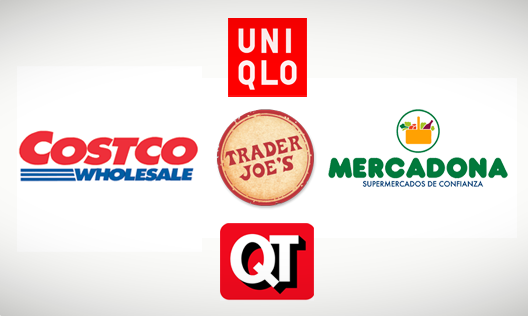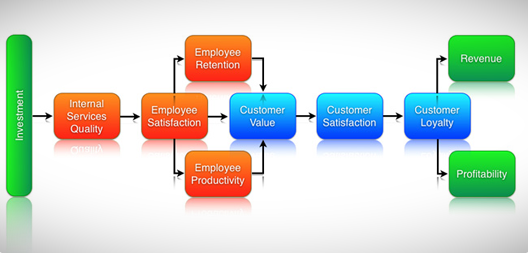The Setup
The easiest thing for companies to do in hard times is to eliminate jobs. You read about this constantly as a reaction to lowered earnings, reduced margins, and dimmed prospects overall. I saw this cycle frequently toward the end of my local television career: positions held open for a couple extra months, hiring freeze across all positions, buyouts of tenured people, then elimination of positions.
The cuts seem necessary and beneficial at the time, but it’s a long, slow death. The expense cuts tend to mask deeper problems with value proposition, business model, or strategy. People will ultimately be necessary to bring life back to the operation, to create and deliver its value.
Downsizing (or, the sadly hilarious “rightsizing”) seems to be a quick fix that immediately cuts expenses. The problem: the benefits provided are short-term only.
While there may be a technology-based exception (please share that with me as a comment below), you can’t downsize your way to success. If you’re clear on your value proposition, you should be investing.
The Inspiration
This great little piece in the New Yorker draws from this Harvard Business Review study and throws in a few other positive and negative examples to demonstrate that more employees at a higher expense in the retail environment produce more profit in the end.
Cautionary examples include Circuit City and Home Depot. Outperforming examples include these companies:

For these companies, employees are investments, not just expenses. The return on the investments is greater profits.
I won’t restate the arguments of James Surowiecki in the New Yorker or Zeynep Ton at the HBR blog because they’re both quick and clear reads. I encourage you to give each a click and at least a once-over. Instead, I’ll broaden them beyond retail by connecting them to the Service Profit Chain, by James L. Heskett, W. Earl Sasser, and Leonard A. Schlesinger, which outlines and substantiates a critical dynamic behind their profits.
The Service Profit Chain
In short: Treating people like humans (with basic respect and through internal service quality) is the best way to achieve sustainable profits and revenue growth.
Assumptions: Customers seek and buy value. Employees create and deliver value. Companies seek and work to produce revenue growth and profits. Most companies spend their time and resources focused primarily on the end result of the chain (revenue, profits), rather than on the inputs (internal service quality). As a consequence, people are seen as expenses, rather than as critical drivers of value.
Here’s the chain in words:
- Investment in recruiting, hiring, on-boarding, training, and developing employees (produces)
- Employee satisfaction, productivity, and retention (produces)
- Successful delivery of value (produces)
- Customer satisfaction and loyalty (produces)
- Profits and revenue growth
Below is as a lovely graphic posted by the fine folks at Livetime, an on-premise and online IT service management and service desk company, in this blog post about service desk success. The graphic was the nicest reproduction of Heskett’s model I found online.
Here’s the chain as an image:

Model: The Service Profit Chain (Designed by Heskett, Sasser, Schlesigner / Styled by Livetime)
Heskett, et al, define the entire model, then substantiate its validity by proving multiple relationships between different links. Though based on a decade of studies from the mid-80s to mid-90s, the Service Profit Chain is just as strong a model today as it was when it was published. To see the success of Uniqlo, Costco, Trader Joe’s, Mercado, and QuikTrip brought a smile and nod. If you’re not up for reading the Service Profit Chain, at least run through the comments here.
The Bottom Line
Sustainable success requires many things. When reviewing and revising goals, strategies, and tactics (what value you’re creating and delivering and how you do it uniquely, effectively, and efficiently), include internal service quality factors like recruiting, hiring, on-boarding, training, and development. That’s to say: when designing for end results, invest properly in the inputs.
Serving employees first means serving customer best. In the end, all stakeholders get more of what they want.
0 Comments
2 Pingbacks